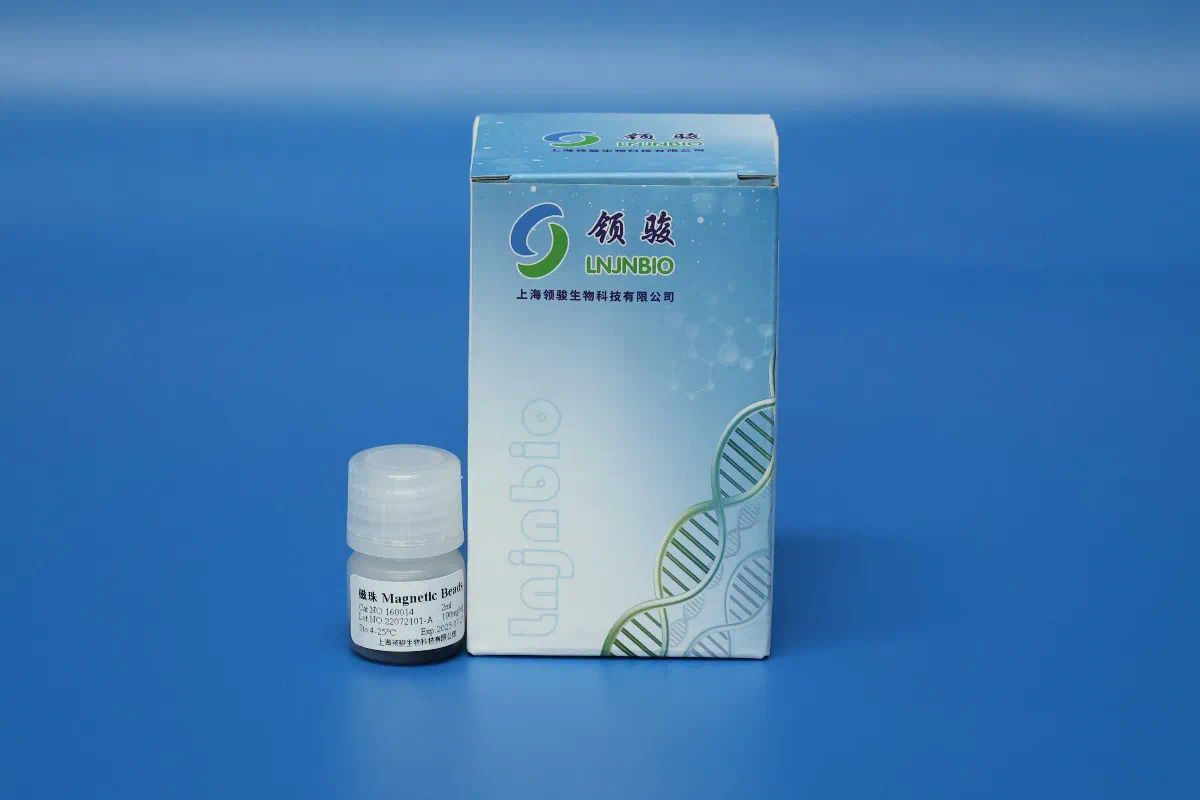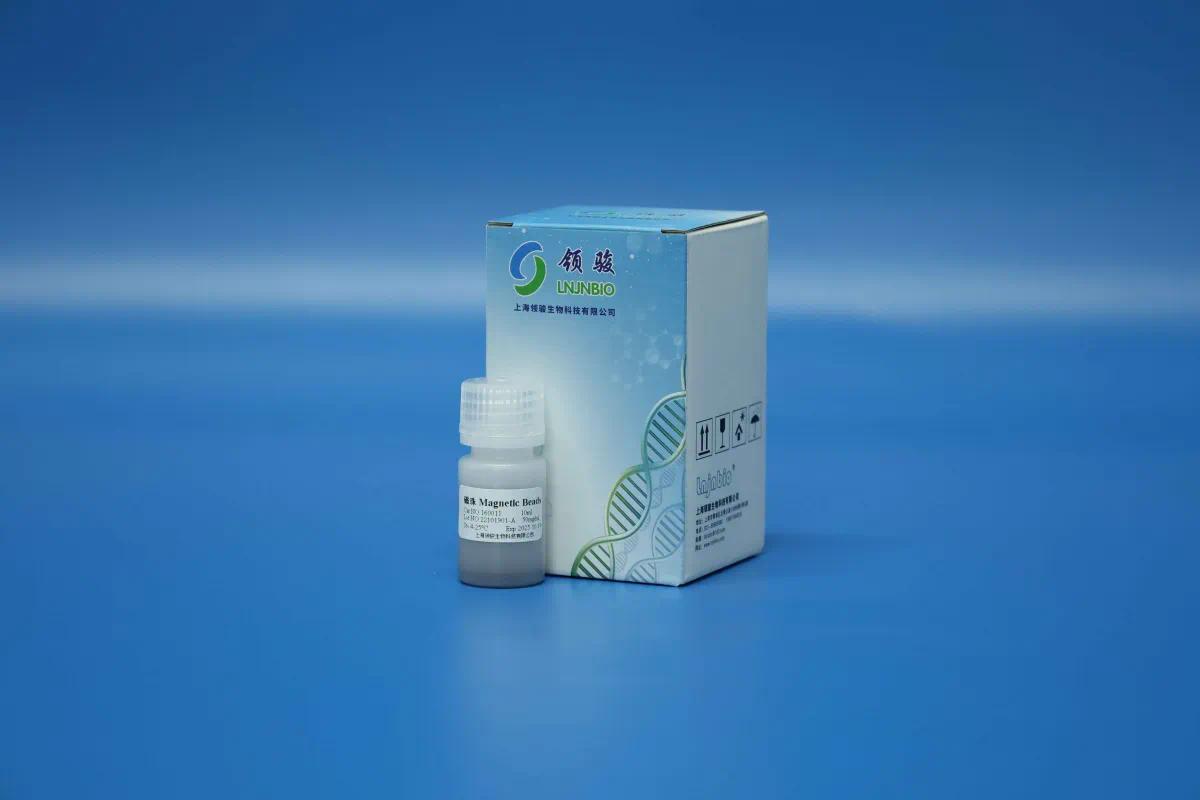The extraction of ultra-trace DNA presents significant challenges but also offers exciting opportunities for innovation in molecular biology. Ultra-trace DNA refers to the minute quantities of genetic material that can be harvested from a variety of sources, including ancient remains, forensic samples, and environmental samples. The methods developed for such extraction are crucial in fields ranging from archaeology to criminology and biodiversity studies.
In this article, we will explore the technical difficulties associated with ultra-trace DNA extraction and delve into innovative solutions that have emerged to address these challenges.
h2: Technical Difficulties in Ultra-Trace DNA Extraction
p: One of the primary difficulties in extracting ultra-trace DNA is contamination. The risk of contaminating samples with exogenous DNA can significantly skew results, making it imperative to maintain stringent protocols. Additionally, trace amounts of DNA often degrade over time, particularly in environmental samples exposed to various conditions. This degradation can result in fragmented DNA, complicating the extraction process and subsequent analysis.
p: Another challenge lies in the sensitivity of current extraction techniques. Traditional methods may not be efficient enough to isolate the minute quantities of DNA without losing significant portions during the process. For instance, organic extraction methods often require large sample volumes and may not yield enough DNA for comprehensive analysis, especially when starting with environmental or forensic samples.
p: Furthermore, the presence of PCR inhibitors in certain samples poses a significant barrier. Substances like humic acids in soil or phenolic compounds in biological samples can interfere with polymerase chain reaction (PCR) amplification, leading to false negatives or reduced sensitivity in downstream applications.
h2: Innovative Solutions for Ultra-Trace DNA Extraction
h3: Advances in Technology
p: Recent advancements in technology have opened new avenues for effective ultra-trace DNA extraction. One notable innovation is the use of microfluidics. Microfluidic devices allow researchers to manipulate small volumes of liquid with high precision. These devices can enhance the efficiency of DNA extraction by minimizing sample loss and allowing for more controlled reactions.
p: Another promising approach involves the application of solid-phase extraction methods. By utilizing materials with high affinity for DNA, these methods can selectively bind and isolate DNA from complex mixtures. Magnetic beads coated with silica or specific capture agents are particularly effective in this regard. They enable rapid separation and purification of DNA, significantly improving yield and purity.
h3: Novel Chemical Reagents

p: The development of new chemical reagents has also played a critical role in enhancing ultra-trace DNA extraction. For instance, the introduction of enzyme-based methods—such as the use of proteinase K or other lytic enzymes—can help break down cellular components, thus releasing DNA. These enzymes can be particularly useful in breaking down difficult matrices where traditional mechanical or chemical lysis might rna purification beads fail.
p: Moreover, the incorporation of surfactants and detergents in extraction protocols can improve the solubilization of DNA, facilitating its recovery from samples that contain inhibitory substances. By optimizing these reagents’ concentrations and combinations, researchers can significantly improve the efficiency of DNA extraction.

h2: Specialized Techniques for Different Sample Types
h3: Forensic Samples
p: In forensic science, where DNA must often be extracted from degraded or mixed samples, specialized techniques are crucial. Techniques like differential lysis can separate cellular components based on their susceptibility to lysis, allowing for the selective extraction of DNA from specific cell types. This method is particularly valuable in cases involving sexual assault evidence, where the DNA of the victim must be separated from that of the perpetrator.
p: Additionally, the use of whole genome amplification (WGA) can help generate sufficient quantities of DNA from ultra-trace samples. WGA techniques, such as multiple displacement amplification (MDA), allow researchers to amplify trace amounts of DNA, providing enough material for further analysis, even when starting with limited quantities.
h3: Environmental Samples
p: The extraction of ultra-trace DNA from environmental samples, such as soil or water, requires distinct approaches. Techniques like sedimentation and filtration can be employed to concentrate DNA from large volumes of environmental samples. These methods effectively reduce the sample size while enriching the DNA content.
p: Furthermore, the implementation of environmental DNA (eDNA) monitoring has gained traction in ecology. eDNA allows scientists to detect the presence of species in an ecosystem without physically capturing them. This method relies on the collection of water or soil samples, followed by targeted DNA extraction and amplification, offering a non-invasive approach to biodiversity assessment.
h2: Quality Control and Best Practices
p: Ensuring the quality and integrity of extracted DNA is paramount in ultra-trace DNA serum/plasma free DNA extraction and purification studies. Implementing rigorous quality control measures throughout the extraction process helps mitigate contamination risks and ensures reproducibility. Using dedicated equipment and consumables can minimize the likelihood of cross-contamination, while working in clean environments equipped with laminar flow hoods is essential.
p: Additionally, adopting best practices such as regular calibration of instruments and thorough training of personnel can further enhance the reliability of ultra-trace DNA extraction procedures. Maintaining a clear chain of custody for forensic samples and implementing blind testing protocols can also help uphold the integrity of results in forensic investigations.
h2: Conclusion

p: The field of ultra-trace DNA extraction is evolving rapidly, driven by technological advancements and innovative methodologies. While technical difficulties pose significant challenges, the emergence of novel solutions provides hope for overcoming these obstacles. As researchers continue to refine these techniques, the potential applications of ultra-trace DNA extraction will expand, paving the way for discoveries in archaeology, forensics, conservation, and beyond.
p: Future research should focus not only on optimizing existing methods but also on developing standardized protocols that can be universally applied across different disciplines. With continued collaboration among scientists, engineers, and practitioners, the future of ultra-trace DNA extraction holds great promise, unlocking the secrets hidden within the smallest traces of genetic material.
p: As we advance towards a deeper understanding of DNA extraction methods, the interplay between technology and biology will undoubtedly lead to groundbreaking developments, driving progress across diverse fields of study.
